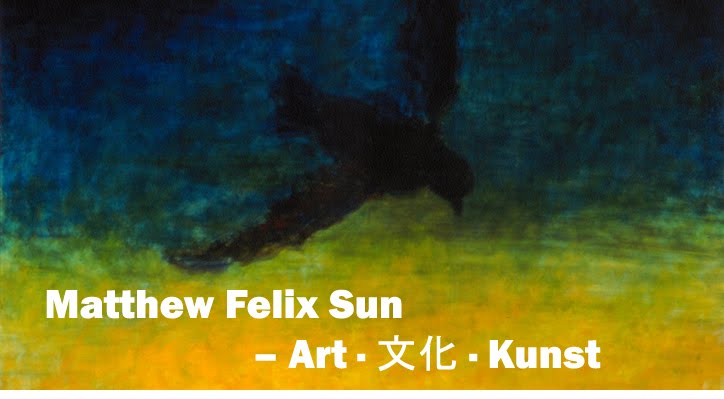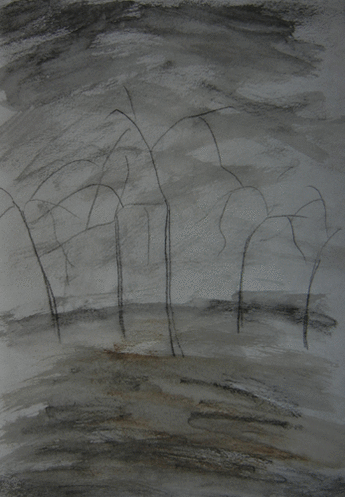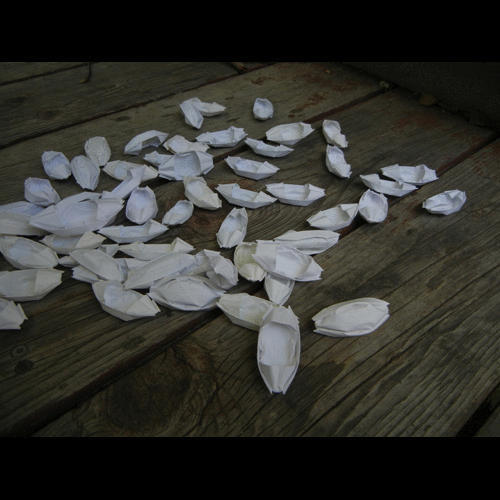As one of the former twin capitals of dual monarchy, the Austro-Hungarian Empire, Budapest had accumulated a huge heritage of world art. The two most impressive works I saw there were masterpieces by Titian (Tiziano Vecellio) and Anthony van Dyck, two giants in the art history.
The portrait of the Venetian Doge Marcantonio Trevisani, showed a sharp looking old man in understated sumptuousness. His gaze, directly towards the viewer, was a bit sad, with tear in the eyes. His lips drew back, as if holding back some secret or concern. His right hand, clinching a silk handkerchief, reinforced the discomfort of his own thoughts or state of mind. Despite the detailed depiction of his embroidered golden cape and funny-looking Doge's cap, and his rich maroon-colored velvet rope, we could hardly tear our eyes away from his penetrating and compassionate gaze. According to the museum's website, the original painting was destroyed in the fire of 1577. "The Budapest work is an autograph replica or variant after the burnt painting. As in all of his portraits, Titian fulfils the requirements of representation, while he equally concentrates on the accuracy and suggestivity of the characterisation. With a painting technique based on the combined effect of colour and light, the Venetian master is able to depict the living, breathing man."
Portrait of the Doge Marcantonio Trevisani, c. 1553, oil on canvas, 100 × 86.5 cm
Titian (Tiziano Vecellio), (c. 1489 - 1576)
Anthony Van Dyck, using the techniques and sharp observation not dissimilar to those of Titian, gave us a double portrait below with dizzying virtuosic forces - particularly the myriads shades of black and grey on the beautiful yet stern looking silky dresses of the sitters, and the silly yet undeniably delicate laces and cartwheel ruffs.

Portrait of a Married Couple, c. 1620, oil on canvas, 112 × 131 cm
Sir Anthony van Dyck, (1599 - 1641)
Again, despite all these external marvels, we found the two sitters very real. Their show of wealth was honoring their rich married life together, in the most pious way. Their hands holding together, symbolized their sanctified vow. Their facial expressions were characterful - he was solicitous, while she anxious, almost in fear. She sat in the armed chair stiffly, shrank a bit, with obvious discomfort, while he put left arm around her to provide some support, as if preventing her from falling into pieces. Their posture demonstrated both their relationship on personal level and the accepted, rather strict social structure. Yet, despite all the constrictions and the overt somberness, there was tranquility from the landscape on the left and warm from red curtain on the right of the canvas, behind the solid mass of the old couple, in the center of the canvas and fill it up almost completely.
And this concluded my journey to the old Austro-Hungary Empire in 2002.
My Favorite Museum Collection Series
>> My Favorite Museum Collection Series 42: My Favorite Paintings in the National Gallery, London
<< My Favorite Museum Collection Series 40: My Favorite "Sculptures" at the Imperial Crypt (Kapuzinergruft), Vienna





















































